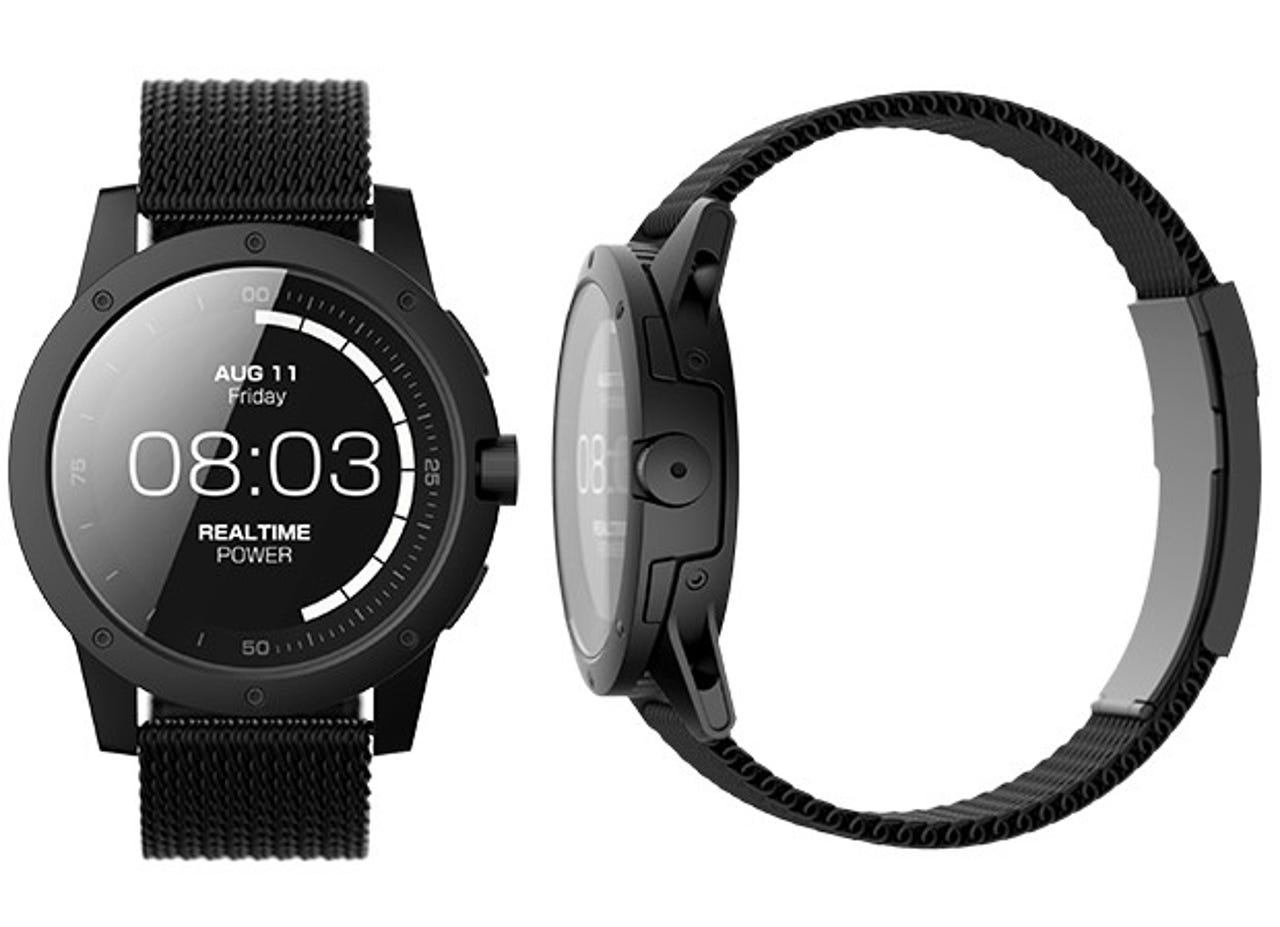CES 2017 exhibitors stay optimistic about wearables


The Matrix PowerWatch is charged by body heat.
The market for wearable devices grew steadily in the past year, but one category of wearables -- fitness bands -- overwhelmingly dominates the market. Within that segment, Fitbit is the clear leader.
Yet exhibitors and hosts at CES 2017 sounded optimistic that there will soon be plenty of room in the marketplace for more than just Fitbit. More than 250 of this year's CES exhibitors fell into the wearables category, with the number of exhibitors in every subcategory -- health and wellness, sports, sleep, and family -- up 30 to 100 percent over last year.
The growing number of exhibitors corresponds with the growing market: It should nearly double from 2015 to 2020, according to Shawn DuBravac, chief economist for the Consumer Technology Association (CTA).
Even so, "we're not looking for the blockbuster product," DuBravac said. "Too often we compare everything to the smartphone or television."
The television, which DuBravac called "the superstar of consumer technology," is found in 98 percent of households, but the threshold for success should be much lower for a diversified wearables market. "You're going to see a much more fragmented environment where 20, 30, 40 percent ownership rates... are sustainable marketplaces."
While demand for wearables overall climbed upward last year, smartwatches in 2016 failed to gain much traction with consumers.
The primary pain point for these devices is keeping them charged, Akram Boukai, founder of Matrix, told ZDNet.
"Once you have to take the watch off and charge it, it becomes a barrier to putting it back on," Boukai said, adding that it took him about six months to get into the habit of regularly putting on his Apple Watch.
Matrix is exhibiting the PowerWatch at CES -- a watch that relies completely on body heat to stay powered. With thermal engineering and an ultra low-power-consuming microprocessor from Ambiq Micro, it never has to be recharged. The watch measures calories burned, activity level and sleep cycles, and it displays how much electrical power a person is generating.
Solving the charging problem opens up opportunities in the wearables market for a company like Matrix, Boukai said. Thermal engineering could be used to power devices like hearing aids and other medical devices or even employee beacons.
Soon enough, "everybody's going to be wearing multiple devices," said Thomas Chen, Ambiq Micro's senior director of marketing. "If you have to charge them constantly, that's too much of a hassle, and with 50 billion sensors all around you, you can't be" charging them all the time.
Another watchmaker at CES -- the startup company Joy -- credited its early success to a more sophisticated audience. Its icon-based watch for young children, called Octopus, has gained traction through crowd-funding, as the PowerWatch has.
"The market has changed in our category -- more and more parents are tech savvy now," Joy co-founder and CTO Omar Alaouf said.
Additionally, there's room for a niche product like the Octopus thanks to improvements in the manufacturing process, Alaouf said. The speed of iteration and product development has gone up, and the price of silicone has gone down, and more manufacturers are now open to producing smaller batches.
Meanwhile, the CES floor included a wide range of products in the wearables category that don't fit on your wrist. The company Nov'in has created the Smartcane -- a cane equipped with artificial intelligence algorithms. The cane uses movement data to learn the user's habits and detect unusual situations. It can then alert loved ones if something has gone wrong. Nov'in developed the motion sensor, algorithm, and "all the things that make it smart," said Nov'in COO Vincent Gauchard, while the 108-year-old cane manufacturer Fayet designed the cane itself.
There was the Helios Smart Ring, which measures vitamin D and exposure to sun, and there was Mint, a device you breathe into to learn about your oral health. There were even wearables for dogs, like the the LINK AKC collar.